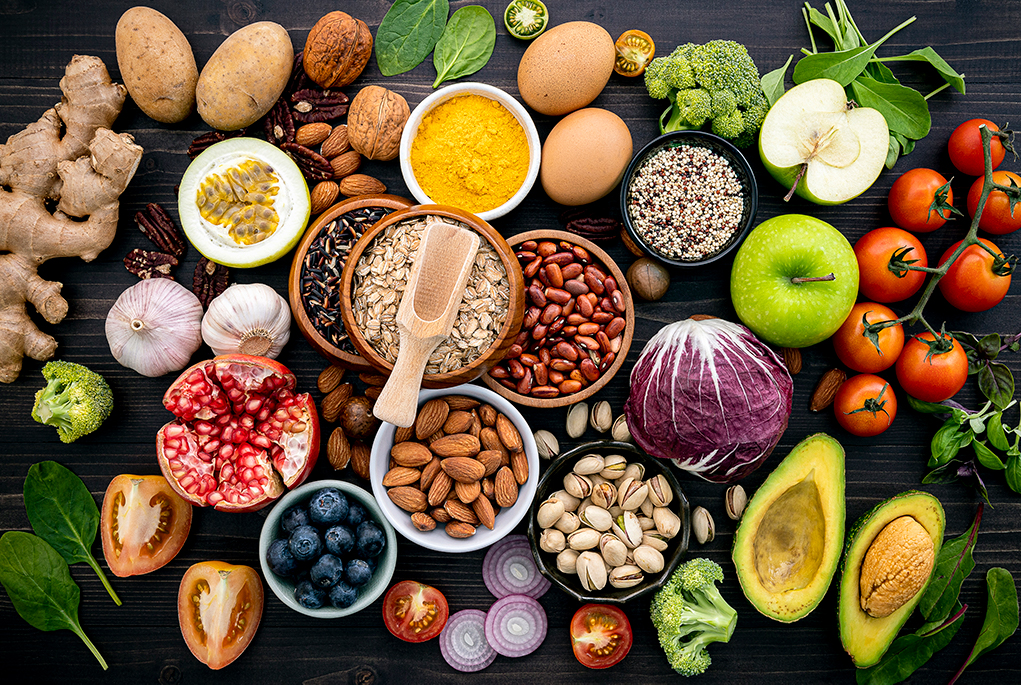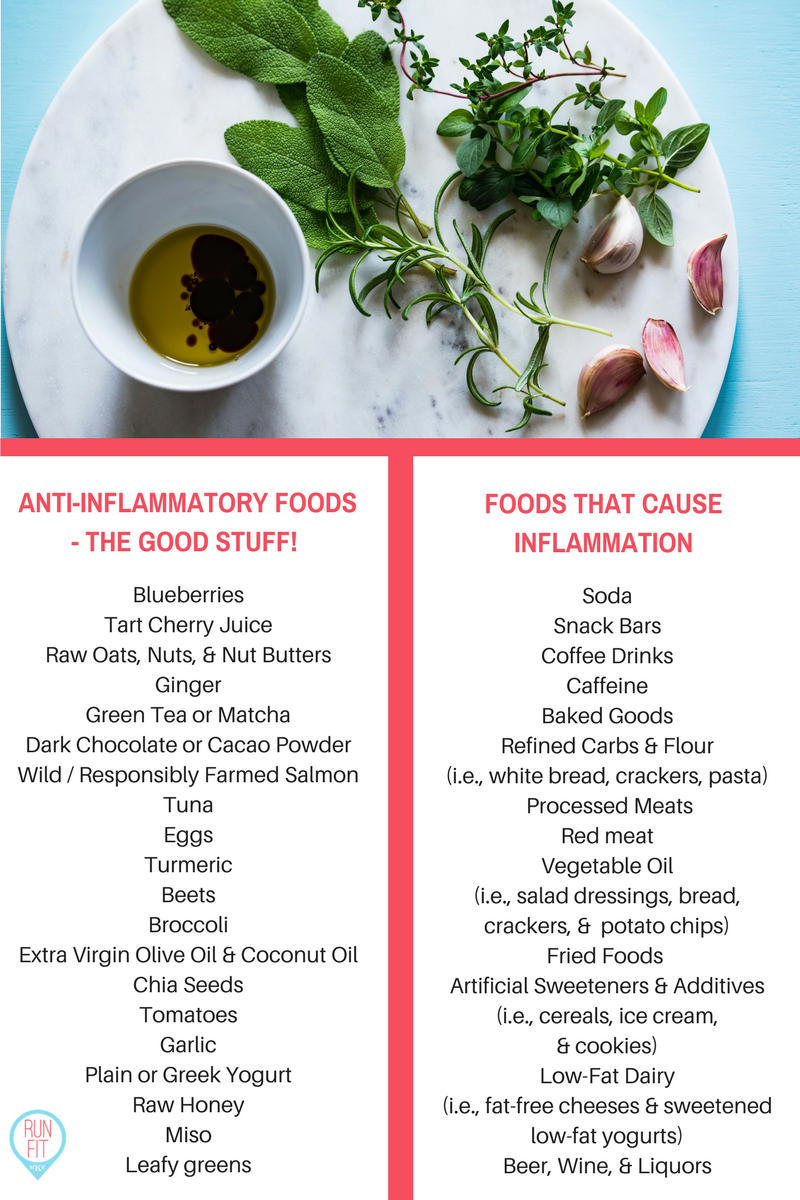
It can be difficult to digest certain foods during a flare up of colitis. People suffering from ulcerative collitis may wish to restrict their intake of potatoes, which are high in glycoalkaloids. These substances can lead to gas and bloating as well as aggravate the disease. Moreover, consuming fried potato chips or skins can also worsen symptoms. Sulfur-rich foods are also bad for your body. It can cause gastric problems, cramping, and diarrhea. Experts recommend that you reduce the amount of sulfites in your daily diet, as well as avoiding processed food.
If you are trying to avoid spicy foods, it is important to avoid them altogether. These foods contain capsaicin. This can cause irritation to the intestinal lining and flare up symptoms. This can also lead to colon damage and can make it difficult to maintain remission. A low-FODMAP diet may be an option if ground flaxseeds are not a problem. These diets may not be suitable for everyone. Talk to your doctor before beginning a low FODMAP regimen. to make sure that it's right for your particular case.
Avoid high-fiber foods if you are suffering from frequent bouts of colitis. Foods high in fiber are recommended for people who are in remission. People with Lupus should eat bananas. A simple elimination diet is a good option for those with colitis. The goal is to identify the foods that trigger your colitis symptoms.

While it's not advisable to avoid foods rich in both soluble and soluble fiber, a good IBD diet will follow standard guidelines for healthy eating. You should also consider the specific nature of colitis. In other words, too much bread and pasta can cause diarrhea. This could be a good time to cut down on foods you don't like or avoid during flare-ups.
You can reduce your intake of dairy products and wheat, but it's not a good idea for everyone. Instead, focus on reducing your food intake. Incorporate a gluten-free diet as a supplement to your regular diet. You should avoid gluten-free foods and dairy products. Limiting fiber-rich foods is a good idea if you're experiencing colitis flareups.
As people with UC may have difficulty digesting lactose, it is important to avoid dairy products. Keep hydrated when you have a flare up. Greek yogurt can be consumed, even if you limit your intake of dairy products. It contains probiotics and has low lactose. Avoid drinking milk as it's high in saturated fats.
It is possible to stick to a diet rich with fruits and vegetables. If you have UC, these are not recommended. They can increase inflammation in the stomach. They can also help to reduce symptoms of UC. Reduce your intake of foods that cause colitis flareups. Avoid eating raw eggs and vegetables if you have diarrhea. You should avoid eating them if you have colitis.

Salmon can also been eaten. The oil in salmon can help reduce inflammation and it is an excellent source of protein. Tuna and other fish are also rich in omega-3 fatty acid. The best way to prepare fish is to make sure it retains its nutritional value. While you're eating fish, you should also increase your intake of proteins and calories. This will prevent you from developing colitis again and help improve your overall health.
Reduce the amount of fiber in your diet. Many fiber sources contain high levels of folate and magnesium. For people with ulcerative colitis, these are the foods to eat with colitis flare up. As they could trigger the symptoms, you should avoid foods high in fiber. Avoid processed foods and products made with enriched white flour. They can cause the spread of the disease. If you are looking for the best treatment, they should be avoided.
FAQ
What are 10 healthy lifestyle habits?
-
Have breakfast every day.
-
Don't skip meals.
-
Eat a balanced, healthy diet.
-
Get lots of water.
-
Take care your body.
-
Get enough sleep.
-
Avoid junk food.
-
Do some type of exercise daily.
-
Have fun
-
Find new friends
Which are the top 10 foods you should eat?
These are the 10 best foods you can eat:
-
Avocados
-
Berries
-
Broccoli
-
Cauliflower
-
Eggs
-
Fish
-
Grains
-
Nuts
-
Oats
-
Salmon
How can I get enough vitamins?
You can obtain most of your daily requirement through diet alone. Supplements are an option if you are low in any vitamin. A multivitamin can contain all the vitamins that you need. You can also buy individual vitamins in your local drugstore.
Talk to your doctor to find out which foods are rich in vitamins. The best sources of vitamins K, E, and C are found in dark green leafy veggies such as spinach and broccoli, kale.
If you are not sure how much vitamin you should be consuming, ask your doctor. Your medical history and current health will help you determine the best dosage.
How can I live my best life everyday?
Find out what makes YOU happy. This is the first step in living a life that you love. Once you have a clear understanding of what makes you happy you can go backwards. You can also inquire about the lives of others.
You can also read books like "How to Live Your Best Life" by Dr. Wayne Dyer. He discusses finding happiness and fulfillment throughout our lives.
What should my weight be for my age and height? BMI calculator & chart
The best way to determine how much weight you need to lose is to use a body mass index (BMI) calculator. The healthy BMI range for a healthy person is 18.5 to 24.9. If you want to lose weight, then you should aim to drop about 10 pounds per month. Simply enter your height, weight and desired BMI into the BMI calculator to calculate it.
To see if you're overweight or obese, check out this BMI chart.
What is the difference of a virus from a bacteria?
A virus is a microscopic organism that cannot reproduce outside its host cell. A bacterium is a single-celled organism that reproduces by splitting itself in two. Viruses can be as small as 20 nanometers, while bacteria can grow up to 1 micron.
Viruses are usually spread through contact with infected bodily fluids, including saliva, urine, semen, vaginal secretions, pus, and feces. Bacteria can easily be spread from direct contact to contaminated surfaces and objects.
Viruses may enter the body through cuts, scrapes. bites, or any other break in the skin. They may also enter through the nose, mouth, eyes, ears, vagina, rectum , or anus.
Bacteria may enter our bodies through cuts and scrapes on our skin, burns, insect bites, and other wounds. They can also enter our bodies from food, water, soil, dust, and animals.
Viruses and bacteria both cause illness. But viruses can't multiply within their hosts. So they only cause illnesses when they infect living cells.
Bacteria can multiply within their hosts and cause illness. They can infiltrate other parts of the body. That's why we need antibiotics to kill them.
How often should you exercise?
Exercise is essential for maintaining a healthy lifestyle. There is no set time limit for exercising. Find something you like and stay with it.
You should aim to do 20-30 minutes of moderate intensity exercise three times per week. Moderate intensity means that you will still be working hard even after your workout is over. This type of exercise burns approximately 300 calories.
Walk for at least 10 minutes four days a weeks if you prefer walking. Walking is easy on the joints and has low impact.
Jogging three times a week for 15 mins is enough if you want to run. Running is a great exercise to build muscle tone and burn excess calories.
If you're not used to exercising, start slowly. You can start with only 5 minutes per week of cardio. Gradually increase your cardio time until you reach the goal.
Statistics
- nutrients.[17]X Research sourceWhole grains to try include: 100% whole wheat pasta and bread, brown rice, whole grain oats, farro, millet, quinoa, and barley. (wikihow.com)
- Extra virgin olive oil may benefit heart health, as people who consume it have a lower risk for dying from heart attacks and strokes according to some evidence (57Trusted Source (healthline.com)
- According to the 2020 Dietary Guidelines for Americans, a balanced diet high in fruits and vegetables, lean protein, low-fat dairy and whole grains is needed for optimal energy. (mayoclinichealthsystem.org)
- WHO recommends consuming less than 5% of total energy intake for additional health benefits. (who.int)
External Links
How To
What does the term "vitamins" mean?
Vitamins are organic substances found naturally in food. Vitamins allow us to absorb nutrients from food. The body cannot make vitamins; therefore, they must be obtained from food.
There are two types: water-soluble and fat-soluble vitamins. Water-soluble vitamins dissolve quickly in water. These include vitamin C (thiamine), Vitamin B1 (riboflavin), Vitamin B2 (riboflavin), Vitamin B3 (niacin), Vitamin B6 (pyridoxine), Vitamin C, B1 (thiamine), Vitamin B2 (riboflavin), Vitamin B3 (niacin), and Vitamin B6 (pyridoxine). The liver and fatty tissues are home to fat-soluble vitamins. Examples include vitamin D, E, K, A, and beta carotene.
Vitamins can be classified by their biological activity. There are eight major categories of vitamins.
-
A - vital for healthy growth.
-
C - essential for nerve function and energy generation.
-
D - Vital for healthy bones and teeth
-
E is needed for good reproduction and vision.
-
K - Essential for healthy muscles and nerves.
-
P – vital for building strong bones.
-
Q - Aids digestion and iron absorption
-
R - Red blood cells are made from red blood cells.
The recommended daily allowance (RDA), for vitamins, varies depending upon age, gender, or physical condition. The U.S. Food and Drug Administration sets RDA values.
For adults 19 years and over, the RDA of vitamin A is 400mg per day. Pregnant mothers need 600 micrograms per days because it is vital for the development and growth of their baby. Children ages 1-8 require 900 micrograms per day. Infants under one year of age require 700 micrograms per day, but this amount decreases to 500 micrograms per day between 9 months and 12 months of age.
Children between the ages 1--18 years old who are overweight or obese require 800 micrograms per Day, while those who are overweight or obese need 1000 micrograms. To meet their nutritional needs, children underweight and obese require 1200 micrograms a day.
Children 4-8 years old who have anemia must consume 2200 micrograms of Vitamin C daily.
2000 micrograms daily is required for adults over 50 to maintain their general health. Due to their increased nutrient needs, pregnant and breastfeeding women need 3000 micrograms daily.
1500 micrograms are required daily by adults over 70 because they lose approximately 10% of their muscle each decade.
Women who have been pregnant or are lactating require more than the RDA. Pregnant mothers need 4000 micrograms per daily during pregnancy and 2500 after giving birth. Breastfeeding moms need 5000 micrograms each day when breastmilk production occurs.